

Imperial Home Page -> Repair -> Fuel -> Intake Manifold Vacuum Tests
When properly handled and understood, a vacuum gauge can offer a tremendous amount of information about the health of an engine. It is easy however, to misunderstand the readings. One important detail to keep in mind is that the action of the gauge is more important to read than the numbers on the dial.
On modern cars, the MAP (manifold air pressure) sensor provides the engine computer with a valuable set of parameters. Software can determine if the motor is running fine or if a code has to be generated. In essence, this electronic vacuum gauge is one of the most important sensors that the computer relies on, to make adjustments in timing and fuel delivery of the motor, several hundred thousand times a second.
There are some rules that must be observed in advance of taking any vacuum measurements:
 |
On a normal running engine, the needle should remain steady anywhere between 17 and 21 in-Hg while idling as seen on the right. When the throttle is suddenly opened and closed, the gauge should behave as seen on the left. |  |
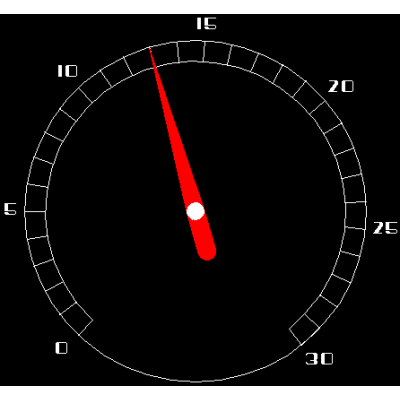 |
When the needle fluctuates slowly, the problem is carburetor adjustment. |
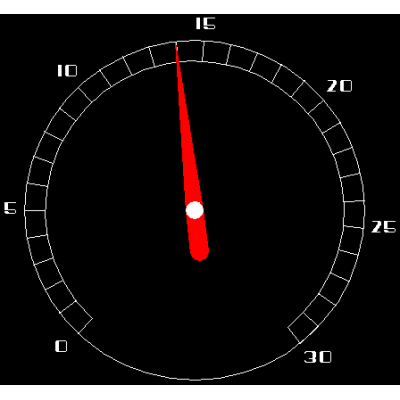 |
A fluctuating reading over a very narrow range usually indicates than the spark plug gaps are too close. |
 |
If the engine compression is known to be good, but the gauge reads lower than it should, the ignition timing may be slow. Test the timing with your timing light. Lower than normal readings can sometimes indicate slow valve timing. |
 |
A steady reading, but a lower than normal reading indicates an intake manifold leak. Make sure that the accessories that run on vacuum are disconnected, including the brake booster. Measure again to see if there is any improvement. |
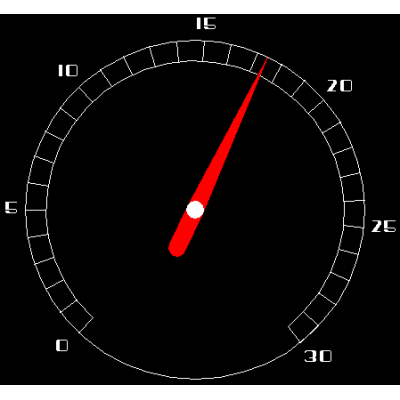 |
If the needle fluctuates at idle between high and low readings, the cylinder head gasket has probably been blown between two adjacent cylinders. Make a compression test. |
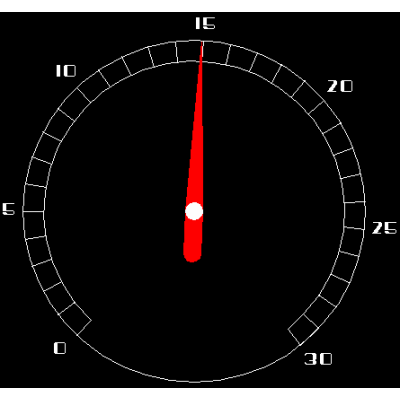 |
The readings will be similar to a normal engine, with the exception that all readings will fall by 3-5 in-Hg. |
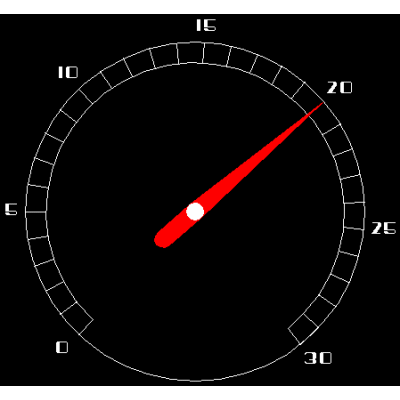 |
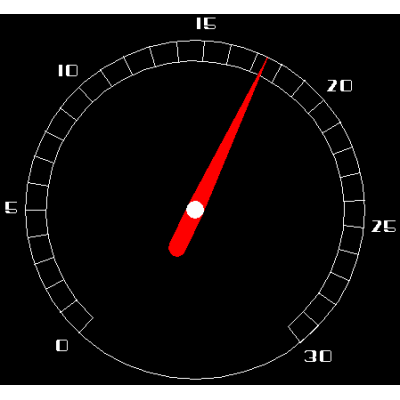 |
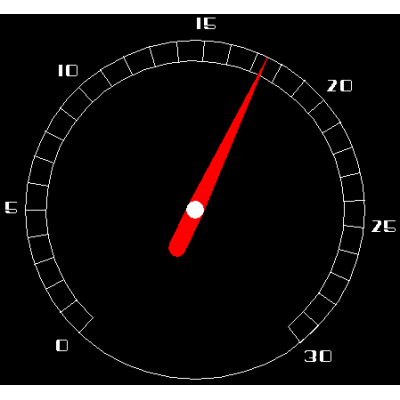 |
| When the needle vibrates rapidly at idle speed, the intake valve guides are worn. The image at the left shows this possibility.
An intermittent drop of 3-4 in-Hg indicates sticking valves as shown in the center image. If the needle vibrates when the engine is accelerated, there may be one or more weak valve springs. If the needle vibrates as the engine is accelerated, there may be a burned or leaking valve. This is shown by the image at the right. |
This page was last updated 29 August 2006. Send us your feedback, and come join the Imperial Mailing List - Online Car Club